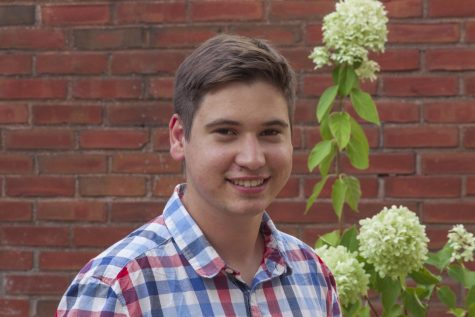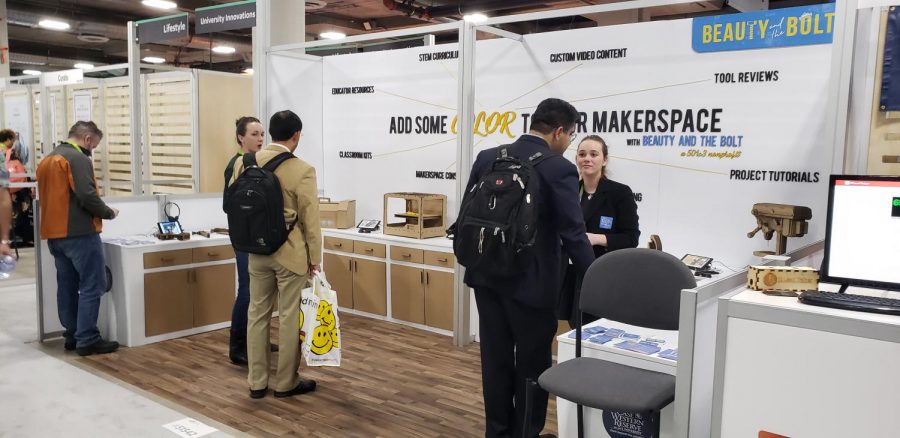CWRU travels to Vegas for largest tech conference
While most students returned home for winter break, over three dozen Case Western Reserve University students, faculty and alumni traveled to Las Vegas at the beginning of January.
It wasn’t all casinos, buffets and large productions. The CWRU representatives attended CES 2019 from Jan. 8-11. CWRU reserved 12 booths in the Eureka Park section of the showcase, displaying everything from a new type of bandage that comes off easily when exposed to ultraviolet light to an augmented reality (AR) company aimed at overlaying AR on products to engage and educate consumers.
According to Bob Sopko, director of CWRU LaunchNet, CWRU had the largest presence of any university at the event in which over 170,000 people attended.
Xyla Foxlin, a fourth-year mechanical and aerospace engineering major, attended CES for the fourth time in her undergraduate career. She tweeted, “Although the shine of attending has worn off a bit over the years, I can’t ignore how incredible of an opportunity this show is.”
Foxlin co-founded Beauty and the Bolt with Andrew Dupuis, an alumnus and current doctoral student in biomedical engineering. It is a YouTube teaching site focused on engineering that “aims to make learning engineering easy, inexpensive, and accessible for anyone,” according to the company’s website. Other CWRU-affiliated people who are on the Beauty and the Bolt team include fourth-year students Graciela Marez, Jahlyn Reyes-McKinley and Avery Zhou, second-year student AJ Jackson and alumnae Hannah Evans.
Much of the innovation CWRU brought to CES 2019 was related to the health industry. Lumen Polymer, a startup created by materials science and engineering doctoral students students Donghui Li and Zhe Ren, created a switchable adhesive bandage. The bandage can be removed easier with an application of ultraviolet light and can be used by the elderly and people with very sensitive skin. The startup also presented at the Innovation ShowCASE during the fall semester.
Another group of students, two MBA candidates from the Weatherhead School of Management and two students from the Cleveland Institute of Art, represented Inspirit. Inspirit is currently developing a “real-time, hydration-monitoring device” that would also help the elderly by improving their quality of life and reducing nursing home negligence. Another booth was run by Enabled Robotics, a company and product aimed at helping people with physical limitations created in 2017 by second-year mechanical engineering student Robert Steward.
Prince Ghosh, a fourth-year mechanical and aerospace engineering student, presented Boundary Labs, a digital platform for industrial manufacturing. Ghosh also serves as the Undergraduate Student Government Speaker.
CWRU also sent a contingent of people focused on robotics. In addition to Enabled Robotics, RoadPrintz, a company started by CWRU electrical engineering and computer science professor Wyatt Newman, and a visual AI platform called Path-Robotics were featured along with the Case Robotics Team.
Notably absent was Matt Campagna, a former CES attendee for CWRU who is the CEO of Reflexion. The company, based in Lancaster, Pennsylvania, created Edge, which measures and trains cognitive performance.
Mary McPheeters contributed reporting.

Eddie Kerekes is in his fourth year studying chemical engineering while also pursuing a minor in German. He serves as the executive editor. Previous roles...


